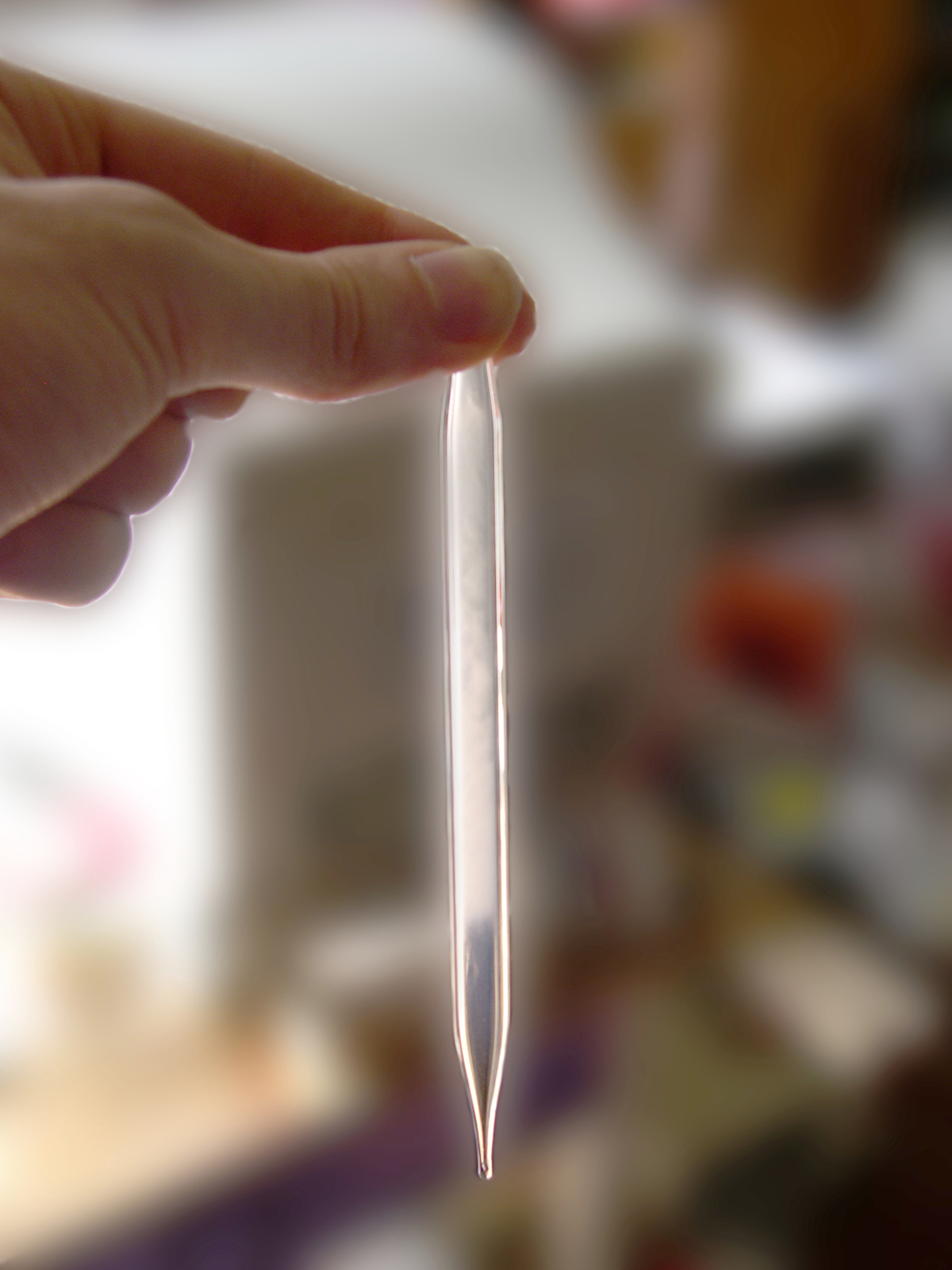

- #Carbon dioxide poisoning on imaging install
- #Carbon dioxide poisoning on imaging generator
- #Carbon dioxide poisoning on imaging portable
#Carbon dioxide poisoning on imaging portable

#Carbon dioxide poisoning on imaging install
Install a battery-operated or battery back-up carbon monoxide detector on every level of your home.Follow these tips to reduce your risk of carbon monoxide exposure: If you suspect carbon monoxide poisoning, move to a source of fresh air and call 9-1-1.Ĭarbon monoxide poisoning is preventable.
#Carbon dioxide poisoning on imaging generator
“If you need to use a generator or alternative cooking source, it is extremely important to place them outside, well away from windows, doors and ventilation systems.” “This is the perfect time to check your battery-operated carbon monoxide detector or install one on every level of your home if you haven’t already done so,” said Rob Hendrickson, M.D., medical director of the Oregon Poison Center at OHSU and professor of emergency medicine in the OHSU School of Medicine. Exhaust from a leak in a vehicle’s exhaust system, a blocked tailpipe or vehicles left running in attached garages or near open windows can also cause carbon monoxide poisoning. Malfunctioning or improperly used appliances, as well as outdoor cooking devices used indoors, can result in carbon monoxide build-up in an enclosed space. Carbon monoxide is also produced by portable grills and camp stoves. It is produced by gas-powered heating systems, and other gas, oil or coal-burning appliances. Carbon monoxide can be life-threatening - particularly in children, the elderly or sick - but anyone is at risk of poisoning with exposure to high concentrations.Ĭarbon monoxide is a tasteless, odorless gas produced whenever fossil fuel is burned. In serious cases, loss of consciousness or death may occur. Symptoms of carbon monoxide poisoning include: To prevent carbon monoxide poisoning, portable generators as well as alternative heat and cooking sources should be used with care - and always outside the home. (Getty Images)Īs historic cold weather sets in across the country, the Oregon Poison Center at Oregon Health & Science University reminds the public about the risk of carbon monoxide poisoning.Ĭolder temperatures and storms, including the freezing rain expected in the Portland-metro area this week, may leave people without power or looking for alternative sources to heat their homes.

Carbon monoxide detectors throughout the home are key steps to take for carbon monoxide poisoning prevention.


 0 kommentar(er)
0 kommentar(er)
